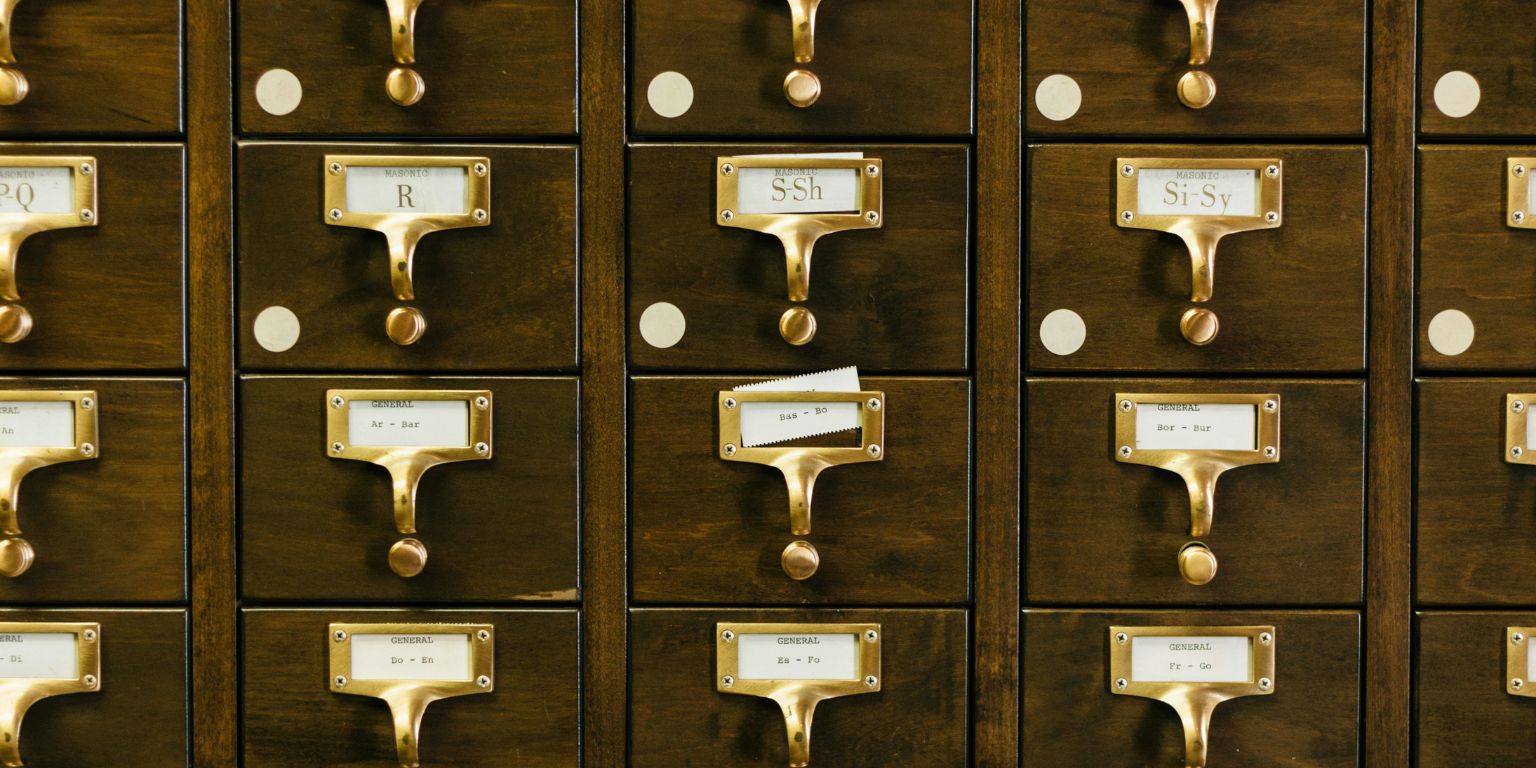
10 Jun Content tracking and organization – Boring but necessary!
I know you are busy making content, churning out videos, pics and other entertaining stuff for your fans but I just wanted to ask a quick question… how are you organizing and keeping track of everything you are making? Before your eyes glaze over and you move onto something more interesting, hear me out. Let’s talk about why you should track your content, how to organize it and some tips and tricks I use for tracking.
WHY KEEP TRACK OF YOUR CONTENT?
Tracking content is a boring administration task, but necessary! When making content, you will come to a tipping point where you realise that your brain and memory are simply not equipped to deal with keeping track of what you have made, where it is posted and other important information about it. I started out by making a list in a notebook, with the title of the clip or photoset and what site it was posted to. My tipping point came when I got to the bottom of the page of my notebook and realised this just wasn’t going to cut it. This was not going to be workable, long term.
The list in a notebook might be fine if you post content to only one site, but as I have explained in earlier blog posts, diversifying and adding your content to multiple sites makes sure that your eggs are not all held in one basket. Keeping track of which sites your content is on assists with knowing where to upload it (so you do not add duplicate copies) and what sites your content SHOULDN’T be on. The reality is that content does get taken from sites and posted elsewhere, so knowing where your content is legitimately will assist if you engage a DMCA takedown company (more on that another time).
Once you get a certain amount of content, looking through a written list to find the name of the clip or photoset can be time consuming and frustrating if it isn’t set up appropriately. Likewise, when you are making content around specific niches and categories, having a way to sort the list to see what clips you have made will make you more productive and focussed, by easily showing you where the gaps are in your content library.
If a customer or fan asks you if you have a specific piece of content, imagine looking through a written list or trying to recall from your memory the name of it or where it is posted. Similarly, when you are promoting your content, having access to the details of where people can view and purchase it is a huge productivity hack. Although sites have ways that you can manage the content you upload, the level of detail and search capabilities differs between sites, so having something centralised and separate from the sites themselves that you can access makes sense.
These are only a few reasons why organizing and keeping track of your content is vital for creators. So, how do you go about it?
WAYS TO ORGANIzE AND TRACK CONTENT
When it comes to organizing and tracking your content, you need to create two systems; a tracking system and a storage system. The tracking system is a basically a database, like the page of the notebook I used when I first started, but on steroids. There are a lot of different pieces of software that you can use to create and manage a database, and those built for small businesses can be modified for content creators. Some of these are free and some require a licence, however, I am a big believer in keeping things simple, so I use Microsoft Excel (and other free spreadsheet alternatives) to build my tracking system. If you are totally new to Excel, or are not sure how to get the most out of it, there are a lot of free online resources you can use to walk you through it. There are also online courses if you have a little bit of money to invest in building this skill, which is well worth doing. Spreadsheets can be extremely powerful tools where you can not only store your content information, but you can easily search within it, and make graphics and tables to help you interpret your data. They can be quickly adapted to your situation, so are a lot more flexible than other tools.
Regardless of what device you store your content, you will need to have a system to organize it that is linked to the data in your content tracking document or program. Think about what is the quickest way to find a piece of content you are looking for, and design your system around this. I have multiple folders which store final full-length clips, short previews, long previews, thumbnails, and GIFs. By creating a system that fits your specific needs, you can save a tonne of time and mental stress. The system does not have to be perfect first time; as you use it and work out your needs, you can adjust it to suit.
HELPFUL TRICKS AND TIPS FOR TRACKING AND ORGANIzING CONTENT
The information I have given you so far has been broad and non-specific; that’s because everyone’s situation and needs are different and understanding the overarching principles of tracking and organizing content will help you make your system work for you. In saying that, here are some practical tips and tricks for becoming a content tracking and organizing superstar:
- While also tracking details such as the name, the site it is on and the genre of each of your clips, also remember to include the year you made it. I have found this helpful for when I have wanted to create video bundles for each of the years I have been making content, and to keep track of how many clips I made each year. These stats may be helpful at some point and, from experience, it is a long and hard task to go back and work out what year a clip was made.
- Name your files in a way that makes sense with your organizing system. Not naming content files with their accurate name has caused me a world of stress! Also consider adding a prefix to the beginning of the filename to help with sorting and if things get lost (eg LONGxyz.mp4, SHORTxyz.mp4, FINALxyz.mp4, etc).
- Backup all your files on multiple hard drives, including your tracking documentation. External, hard storage should be relied upon over any cloud type storage. Most cloud storage providers will not allow you to keep adult content on them, and I have heard horror stories of models’ complete catalogue being wiped without notice and recourse. External hard drives can be expensive, but it is well worth investing in them so that you do not lose your work.
Rem Sequence is an Australian adult content creator, blogger and internationally published alt model. She has a background in psychology, philosophy and political science and has worked in health and sex education, youth work and trauma counseling for almost two decades. Now, she works full-time in the adult industry, as well as indulging her passion for arts, writing and music in numerous side projects.
I know you are busy making content, churning out videos, pics and other entertaining stuff for your fans but I just wanted to ask a quick question… how are you organizing and keeping track of everything you are making? Before your eyes glaze over and you move onto something more interesting, hear me out. Let’s talk about why you should track your content, how to organize it and some tips and tricks I use for tracking.
WHY KEEP TRACK OF YOUR CONTENT?
Tracking content is a boring administration task, but necessary! When making content, you will come to a tipping point where you realise that your brain and memory are simply not equipped to deal with keeping track of what you have made, where it is posted and other important information about it. I started out by making a list in a notebook, with the title of the clip or photoset and what site it was posted to. My tipping point came when I got to the bottom of the page of my notebook and realised this just wasn’t going to cut it. This was not going to be workable, long term.
The list in a notebook might be fine if you post content to only one site, but as I have explained in earlier blog posts, diversifying and adding your content to multiple sites makes sure that your eggs are not all held in one basket. Keeping track of which sites your content is on assists with knowing where to upload it (so you do not add duplicate copies) and what sites your content SHOULDN’T be on. The reality is that content does get taken from sites and posted elsewhere, so knowing where your content is legitimately will assist if you engage a DMCA takedown company (more on that another time).
Once you get a certain amount of content, looking through a written list to find the name of the clip or photoset can be time consuming and frustrating if it isn’t set up appropriately. Likewise, when you are making content around specific niches and categories, having a way to sort the list to see what clips you have made will make you more productive and focussed, by easily showing you where the gaps are in your content library.
If a customer or fan asks you if you have a specific piece of content, imagine looking through a written list or trying to recall from your memory the name of it or where it is posted. Similarly, when you are promoting your content, having access to the details of where people can view and purchase it is a huge productivity hack. Although sites have ways that you can manage the content you upload, the level of detail and search capabilities differs between sites, so having something centralised and separate from the sites themselves that you can access makes sense.
These are only a few reasons why organizing and keeping track of your content is vital for creators. So, how do you go about it?
WAYS TO ORGANIzE AND TRACK CONTENT
When it comes to organizing and tracking your content, you need to create two systems; a tracking system and a storage system. The tracking system is a basically a database, like the page of the notebook I used when I first started, but on steroids. There are a lot of different pieces of software that you can use to create and manage a database, and those built for small businesses can be modified for content creators. Some of these are free and some require a licence, however, I am a big believer in keeping things simple, so I use Microsoft Excel (and other free spreadsheet alternatives) to build my tracking system. If you are totally new to Excel, or are not sure how to get the most out of it, there are a lot of free online resources you can use to walk you through it. There are also online courses if you have a little bit of money to invest in building this skill, which is well worth doing. Spreadsheets can be extremely powerful tools where you can not only store your content information, but you can easily search within it, and make graphics and tables to help you interpret your data. They can be quickly adapted to your situation, so are a lot more flexible than other tools.
Regardless of what device you store your content, you will need to have a system to organize it that is linked to the data in your content tracking document or program. Think about what is the quickest way to find a piece of content you are looking for, and design your system around this. I have multiple folders which store final full-length clips, short previews, long previews, thumbnails, and GIFs. By creating a system that fits your specific needs, you can save a tonne of time and mental stress. The system does not have to be perfect first time; as you use it and work out your needs, you can adjust it to suit.
HELPFUL TRICKS AND TIPS FOR TRACKING AND ORGANIzING CONTENT
The information I have given you so far has been broad and non-specific; that’s because everyone’s situation and needs are different and understanding the overarching principles of tracking and organizing content will help you make your system work for you. In saying that, here are some practical tips and tricks for becoming a content tracking and organizing superstar:
- While also tracking details such as the name, the site it is on and the genre of each of your clips, also remember to include the year you made it. I have found this helpful for when I have wanted to create video bundles for each of the years I have been making content, and to keep track of how many clips I made each year. These stats may be helpful at some point and, from experience, it is a long and hard task to go back and work out what year a clip was made.
- Name your files in a way that makes sense with your organizing system. Not naming content files with their accurate name has caused me a world of stress! Also consider adding a prefix to the beginning of the filename to help with sorting and if things get lost (eg LONGxyz.mp4, SHORTxyz.mp4, FINALxyz.mp4, etc).
- Backup all your files on multiple hard drives, including your tracking documentation. External, hard storage should be relied upon over any cloud type storage. Most cloud storage providers will not allow you to keep adult content on them, and I have heard horror stories of models’ complete catalogue being wiped without notice and recourse. External hard drives can be expensive, but it is well worth investing in them so that you do not lose your work.
Rem Sequence is an Australian adult content creator, blogger and internationally published alt model. She has a background in psychology, philosophy and political science and has worked in health and sex education, youth work and trauma counseling for almost two decades. Now, she works full-time in the adult industry, as well as indulging her passion for arts, writing and music in numerous side projects.


